Connecting STEAM Education and Computer Science
Ellipsis Education
DECEMBER 15, 2022
In this blog, we take a closer look at the connections between art and STEM (called STEAM education), and we explore how to integrate art into computer science. You may be familiar with the term STEM, which standards for Science, Technology, Engineering, and Mathematics. The same can be said for computer science.




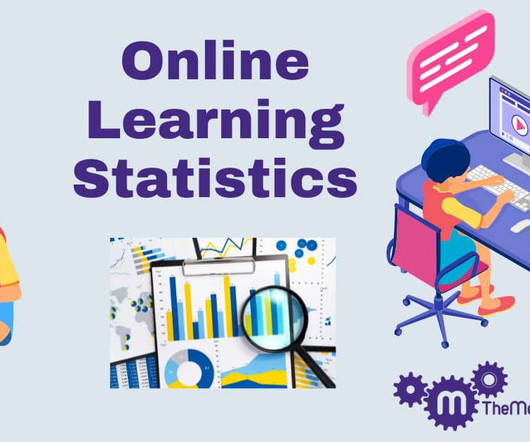
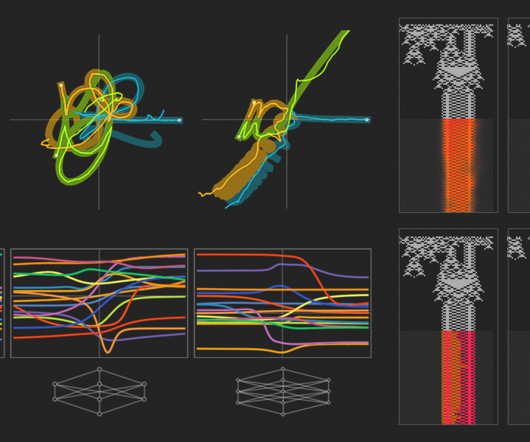
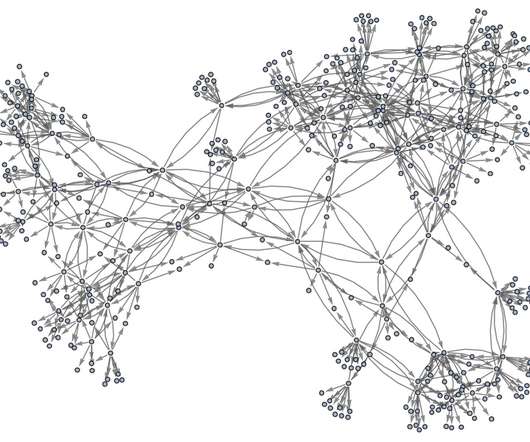
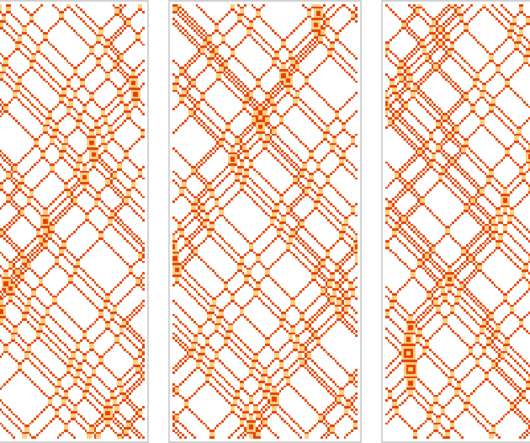
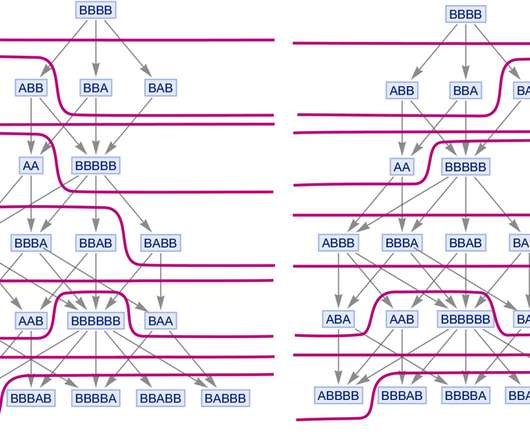
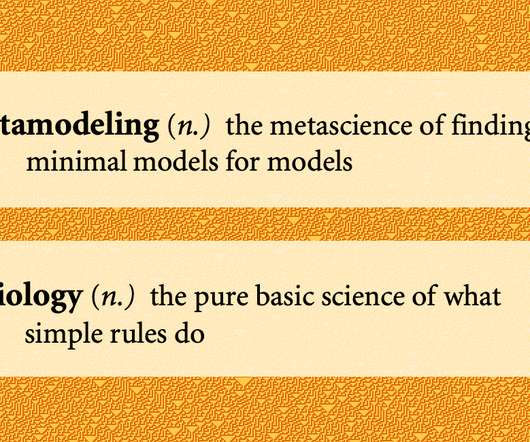

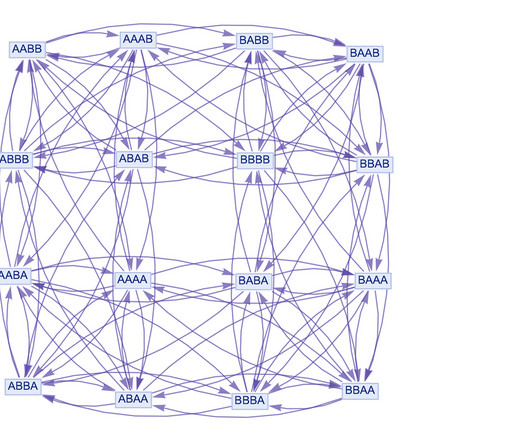






Let's personalize your content